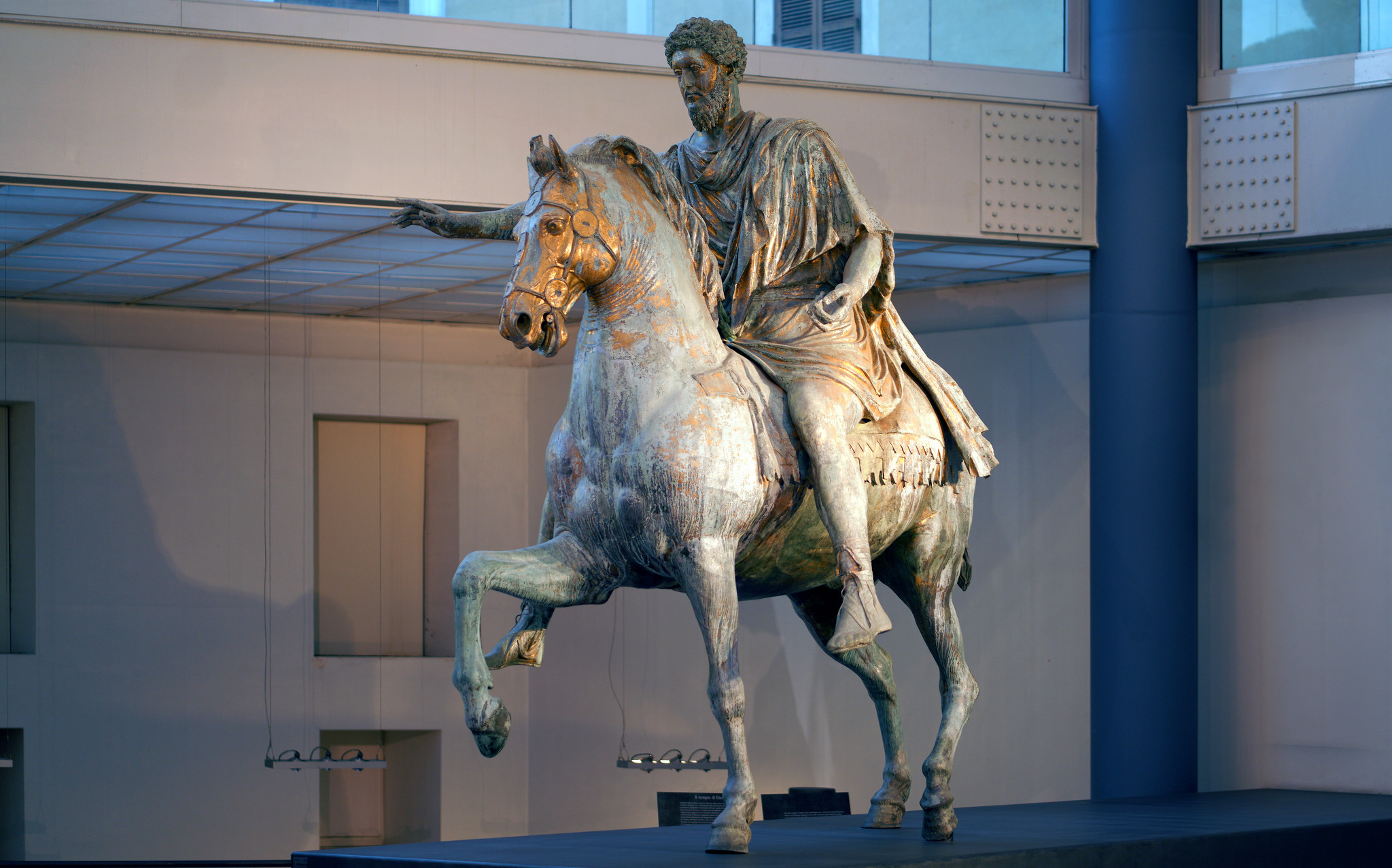The Capitoline Museum’s historic relocation of Marcus Aurelius’ bronze equestrian statue and the appearance of a replica on the square

The bronze equestrian statue of Marcus Aurelius stands as a testament to the enduring legacy of one of Rome’s greatest emperors. Originally situated on the Capitoline Hill, overlooking the heart of the ancient city, this majestic monument has undergone a journey of its own, from its original location to its current residence in the Capitoline Museum. Yet, its significance remains undiminished, serving as a symbol of power, leadership, and civic duty.

Standing at an impressive height of 4 meters and spanning nearly 4 meters in width, the statue commands attention with its imposing presence. Weighing over 2500 kilograms, it is a masterpiece of craftsmanship and engineering, a tribute to the skill and artistry of ancient Roman sculptors. Depicting Marcus Aurelius atop his steed, with his arm outstretched in an allocutio, or address to his citizens, the statue exudes an aura of authority and benevolence.
Originally gilded, the statue would have gleamed in the sunlight, its golden hue a reflection of the emperor’s divine status. Though the gilding has faded over time, traces of its former glory can still be seen, lending a sense of majesty and grandeur to the figure of Marcus Aurelius. His expression is one of wisdom and compassion, embodying the ideals of stoicism and civic duty for which he is renowned.

In 1990, the decision was made to relocate the original statue from its outdoor perch on the Capitoline Hill to the protective confines of the Capitoline Museum. This move was prompted by concerns about the statue’s preservation in the face of Rome’s harsh climate and environmental pollution. Despite the logistical challenges involved in transporting such a massive sculpture, the relocation was ultimately deemed necessary to ensure the statue’s long-term survival.

However, the removal of the original statue from its outdoor setting left a void on the Capitoline Hill, prompting authorities to commission a replica to take its place. In 1997, a faithful reproduction of the Marcus Aurelius statue was placed on the square, allowing visitors to continue to admire and appreciate the monument in its original location. While the replica may lack the historical significance of the original, it serves as a fitting tribute to the enduring legacy of Marcus Aurelius and his contributions to Roman history.
Today, both the original bronze equestrian statue and its replica on the Capitoline Hill stand as reminders of Rome’s storied past and the enduring influence of its greatest leaders. As visitors to the Capitoline Museum gaze upon the majestic figure of Marcus Aurelius, they are transported back in time to an age of empire and conquest, where ideals of duty, honor, and virtue held sway. And as they contemplate the statue’s journey from ancient monument to modern artifact, they are reminded of the timeless power of art to inspire, enlighten, and unite humanity across the ages.